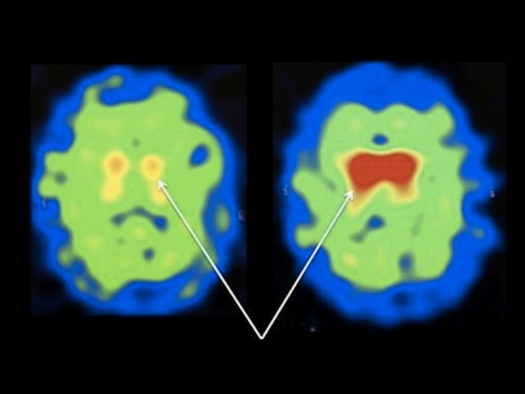By Daniel A. Monti, George Zabrecky, Daniel Kremens, Tsao-Wei Liang, Nancy A. Wintering, Jingli Cai, Xiatao Wei, Anthony J. Bazzan, Li Zhong, Brendan Bowen, Charles M. Intenzo, Lorraine Iacovitti, Andrew B. Newberg
Abstract
Backgound
The purpose of this study was to assess the biological and clinical effects of n-acetyl-cysteine (NAC) in Parkinson’s disease (PD).
Methods
The overarching goal of this pilot study was to generate additional data about potentially protective properties of NAC in PD, using an in vitro and in vivo approach. In preparation for the clinical study we performed a cell tissue culture study with human embryonic stem cell (hESC)-derived midbrain dopamine (mDA) neurons that were treated with rotenone as a model for PD. The primary outcome in the cell tissue cultures was the number of cells that survived the insult with the neurotoxin rotenone. In the clinical study, patients continued their standard of care and were randomized to receive either daily NAC or were a waitlist control. Patients were evaluated before and after 3 months of receiving the NAC with DaTscan to measure dopamine transporter (DAT) binding and the Unified Parkinson’s Disease Rating Scale (UPDRS) to measure clinical symptoms.
Results
The cell line study showed that NAC exposure resulted in significantly more mDA neurons surviving after exposure to rotenone compared to no NAC, consistent with the protective effects of NAC previously observed. The clinical study showed significantly increased DAT binding in the caudate and putamen (mean increase ranging from 4.4% to 7.8%; p<0.05 for all values) in the PD group treated with NAC, and no measurable changes in the control group. UPDRS scores were also significantly improved in the NAC group (mean improvement of 12.9%, p = 0.01).
Conclusions
The results of this preliminary study demonstrate for the first time a potential direct effect of NAC on the dopamine system in PD patients, and this observation may be associated with positive clinical effects. A large-scale clinical trial to test the therapeutic efficacy of NAC in this population and to better elucidate the mechanism of action is warranted.
Full text
Read the full text of N-Acetyl Cysteine May Support Dopamine Neurons in Parkinson's Disease: Preliminary Clinical and Cell Line Data on the PLoS ONE website.
Originally published June 16, 2016 in PLoS ONE 11(6): e0157602.


